|
|
The current range of books. Click the image above to see them on Amazon (printed and Kindle format). More info on coinpublications.com |
|
|
-
Content Count
1,369 -
Joined
-
Last visited
-
Days Won
26
Posts posted by Bronze & Copper Collector
-
-
-
12 minutes ago, mrbadexample said:Most people seem to think Mylar's fine but I'd never use it again for anything. Good job these were cheap!

If using flips, you need the stiffer PVC FREE type. More subject to cracking, but safer for the coin
-
-
11 minutes ago, jelida said:I think the penny is nice, uncirculated but pretty ordinary otherwise, let’s generously say £200 worth. The slab, however, is very rare, you don’t see many MS67 1934 penny slabs and it must be worth at least £1200 to a dedicated slab collector, unless NGC decide to produce some more.
Jerry
🙄
Best answer so far......
-
 2
2
-
-
3 hours ago, secret santa said:Peter Andrew alerted me to the 1934 penny that sold in the Heritage auction for $1620 !!!!!!!!!!!
!?!?!?!?!?@#$$$%!?!?!?
-
 1
1
-
-
18 minutes ago, 1949threepence said:Are you thinking slender three, Jon?
Open 3
-
-
A Brief History (and Explanation) of the Coin Grading Scale
When you were going to school and received a grade of 70, that was barely passing. But when a coin receives a grade of 70 from PCGS, NGC, etc. that means it is absolutely perfect. How come?
We have Dr. William Herbert Sheldon, Jr. (1898 - 1977) to blame for that. In 1948, Dr. Sheldon published “Early American Cents” which contained a novel numerical equivalency system for grades, upon which one could supposedly determine the monetary worth of the coins.
In developing his system, Dr. Sheldon was attempting to find multipliers of a base value for each grade, with a coin in “Poor” condition assigned a base value of “1.” Thus a coin in Fair condition was assigned a multiplying value of 2, and was therefore thought to be worth twice the value of a coin in Poor condition. Similarly, Sheldon decided that a Fine coin was worth 12 times the value of a Poor example, and so on up to a perfect Mint State specimen, which Sheldon decided was worth 70 times the value of the same coin in Poor quality. So, actually, the Sheldon numbers were not meant to define the quality of coins—but rather to indicate the dollar-value in various grades.
Using the original Sheldon system, if a particular year and variety of a Large Cent had a retail value of $50 in Poor quality, it should be worth $600 in Fine or $3,500 in perfect MS-70.Above from Coin World: A Brief History (and Explanation) of the Coin Grading Scalealso interesting:-
 1
1
-
-
3 minutes ago, Peckris 2 said:Agreed. The UK and US have two different grading systems that overlap to some extent. Both use the terms VF and EF for example, though the American equivalents are approximately half a grade lower than the UK equivalent. That's just the way it is. I'd be fine with a US grade of AU being EF by UK standards - it would be logical and perfectly acceptable provided people knew the two systems weren't identical. But to use AU for a condition of 50...!
Essentially it is a matter of speaking 2 different languages with identical words with similar yet different meanings. You must know how to translate from one to the other.
Not much different from the English language used on either side of the pond.
And let us not get into the degradation of the language itself.
-
1 hour ago, Peckris 2 said:It's not that, at least not from my point of view. It was merely a comment on the degradation of the English language. I have no quibbles with it being graded 50 (which is shy of VF, I think?). It's just that no-one who has any respect for language could POSSIBLY say it was About Uncirculated!!!
Understood.
I suppose it much would depend upon the degree of latitude allowed by the term 'about'.
A Scenario:
One could, under extreme conditions, be permitted to say a coin is about Uncirculated. The coin was removed directly from a mint set and accidentally dropped in the street. It was run over by a multitude of vehicles and flattened by a bulldozer. The coin NEVER circulated.
Is the coin in question UNCIRCULATED with Post Mint Damage? Or is it ALMOST UNCIRCULATED inasmuch as it never truly circulated and indeed does display indications of not being in the condition it was in when it left the mint?
I suppose that a TPG would probably simply entomb it as 'GENUINE with DAMAGE' and thereby be within its rights to collect its fee.
I am somewhat reminded of the stamp collector that insisted upon his acquisitions being never hinged. He would then mount them in his collection WITH hinges and label them as 'UNHINGED BEFORE HINGING'.
Apropos of misuse of the English language is the (mis)use and overuse of the term 'UNIQUE'.
UNIQUE OPPORTUNITIES
UNIQUE EVENT
etc.
-
4 hours ago, Peckris 2 said:How that can be described as AU in any sense of the word, is quite beyond me. (Not criticising the coin itself, you understand...)
Just commenting and/or observing and nothing else. This can be applied to any similar instance as well.
Firstly, this was a US TPG grading a non-US coin. Secondly, most of the criticising comes from collectors who specialize in their own countries coinage and have become accustomed to their native countries grading standards and terminology. Neither is ABSOLUTELY CORRECT nor ABSOLUTELY INCORRECT.
Aside from nuanced grading being somewhat subjective, it also signifies the importance of buying the coin and not the slab (or the number on said slab). Too many buyers (investors) purchase the number and NOT the coin. Collectors mostly will purchase the coin and not the number.
This was given the LOWEST of the four AU grades. Those being AU-50, AU-53, AU-55, and AU-58.
Additionally, although ANACS is highly rated and considered to be amongst the top three TPG's, it not as well regarded as PCGS or NGC.
For what it's worth, I prefer my raw specimen to the stabbed example for eye appeal. Again though, this is strictly subjective to my thoughts. Truly, after all is said and done, "Beauty IS in the eye of the beholder".
-
Duplicate post
-
-
-
-
Can't upload more just yet
I have one raw in my album (that is the specimen that I have posted) and another entombed by ANACS as AU50.
I will eventually post the reverse of the raw specimen and also obverse and reverse of the ANACS example.
-
-
-
Amongst my pet peeves is one regarding those that say “I COULD care less”.
I have always said “I COULDN’T care less” inasmuch as it, to me, is more logical.
If you could care less, then it has at least some modicum of importance to you.
If you couldn’t care less, then it is of the absolute least possible importance to you.
Yet, for some reason, both are used interchangeably, and accepted as meaning the same thing. -
43 minutes ago, Diaconis said:“To be honest”…
"Totally"
-
4 hours ago, secret santa said:Of course, I'm not actually hopping mad but this hasn't stopped the word "literally" from becoming the latest word to enter the populist vocabulary like a tornado. Just listen to anyone on the TV or radio and they'll slip the word into every sentence that has a verb in it. People literally don't understand when to use the word. It has become the only adverb available, just as "amazing" has become the only adjective to expressive some degree of value.
Zoe Ball is the current record holder for frequency of use of the word "amazing".
So, that's literally amazing, simply uniquely fantastic.
Not wanting to split hairs (or hares, as the case may be). I also find certain egregious misuse of the language to be abhorrent, especially when presented by "professionals". What has happened to pride in presentation. I have seen errors in syntax, spelling, etc. in newspapers, on television, and other mainstream venues. Too many to list.
Possibly it's merely that everyone has become an expert with that assumption supported by the use of spell checkers, grammar checkers, research done on the internet. After all, we are well aware that computers don't make mistakes, and that anything published on the internet should be taken as gospel.
-
 2
2
-
-
5 hours ago, Sword said:The answer is not a very comforting ...
"If Guarantor determines, in its sole reasonable opinion, that Owner is entitled to a remedy under this Guarantee, Guarantor will offer a remedy as set forth below.
Guarantor is committed in all cases to proposing a fair and reasonable remedy. If Owner does not accept such remedy, the Coin will be removed from the NGC holder and returned to Owner along with a payment of the grading fees originally paid to grade the Coin and any reasonable shipping expenses incurred in returning the Coin for correction. In no event will (i) a Coin that has been determined to be not genuine be returned in an NGC holder; (ii) a Coin that has been determined to be overgraded or incorrectly described be returned encapsulated with an incorrect NGC label; or (iii) an “Authentic Hand-Signed” label be returned with an autograph that has been found to be not genuine."
Of course that is best suited, if at all, to the original submitter. A buyer of an encapsulated coin would simply return it to the seller. Although one caveat to that scenario is that most sellers will NOT accept returns of encapsulated coins. Additionally, assuming the seller DID accept returns, they want it returned as sold, not regarded or removed from the slab.
And then there is always that one TPG that when challenged about its variety determination, simply creates a new, nonexistent variety to accommodate their attribution.
-
5 hours ago, Varietalis said:From NGC's T&Cs
'An owner of an NGC-certified Coin (“Owner”) who believes the Coin is overgraded or not genuine shall submit it for evaluation under NGC’s free “Appearance Review” service. It is not necessary to be an NGC member to submit a Coin for Appearance Review.'
Aside from the possibility of the coin being downgraded, what compensation or benefit (term used loosely), does the owner/resubmitter/complainant receive?
Are they compensated for the difference in value or do they just get a 'Thank you for catching our error' letter?
It's a very vague statement on NGCs part, which I can understand from a business point of you...
-
57 minutes ago, Bernie said:How do you explain the wide colon dots after F:D:
I reexamined the images and still think it is an obverse 11. To my eyes the spacing of the F:D: (letters and colon) match closer to obverse 11 than 12.
Possibly slightly reminiscent of obverse 13 which I eliminated due to the lack of uneven berries.
I also don't see the spacing as similar to obverse 13#, which, as I stated in the original post has the uprights of the R's in BRITT and REG pointing to a tooth. The coin in question has those 2 features pointing to spaces.
Again however, images can be deceiving, although unintentionally, and the best assessment is done coin in hand.
 Coinpublications.com
Coinpublications.com

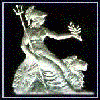





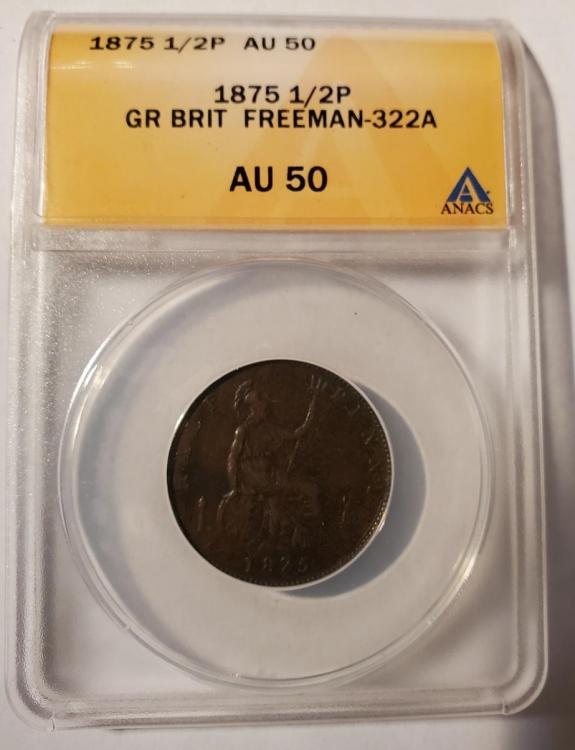

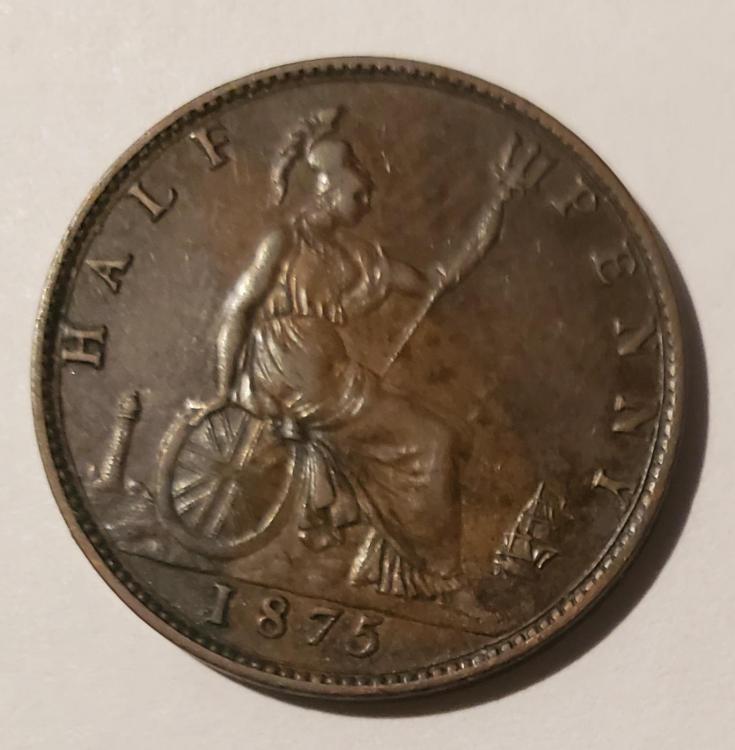
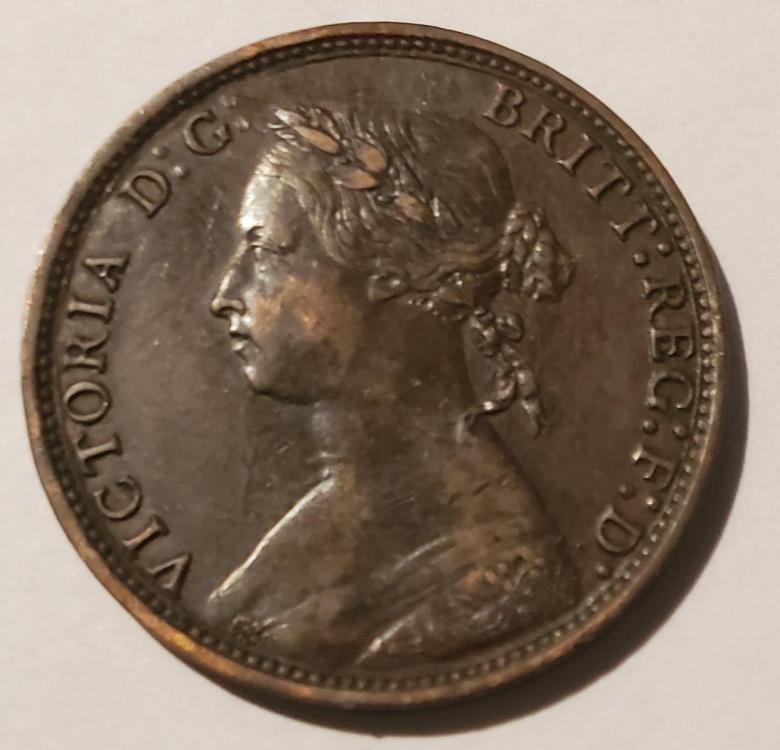
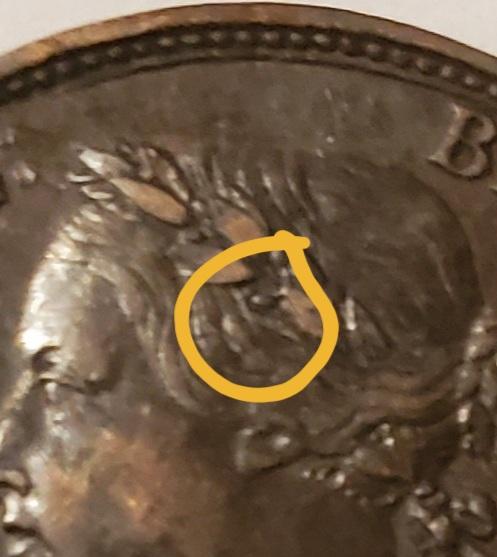

Halfpenny ID check
in British Coin Related Discussions & Enquiries
Posted · Edited by Bronze & Copper Collector
2nd specimen, not as good, but is a HAIF penny without the end of the leg of the L showing.